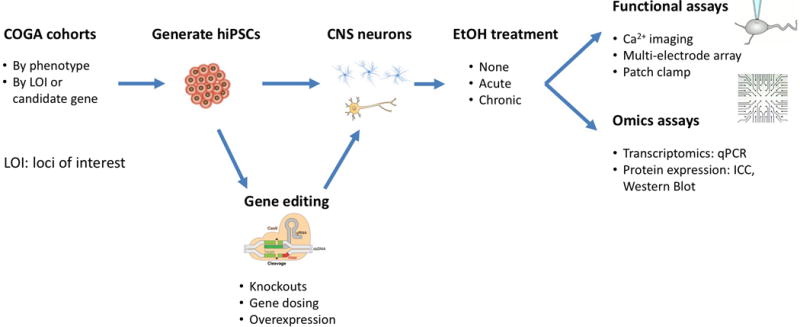Figure 2. Flow-chart of functional follow-up of GWAS findings using hiPSCs.

After clinical and genetic evaluation patient cohorts can be divided by phenotype or by significantly associated genes. Patient hiPSCs may be genetically manipulated prior to differentiation into cell types of interest. These cells are then characterized through omics (e.g., RNA, protein, epigenetic for directly induced cell types) and functional assays. Additionally, they may be used as a platform for drug screening, either for investigating effects of therapeutics or drugs of abuse.
